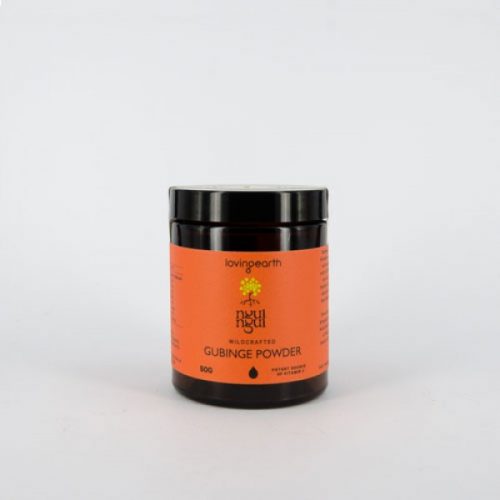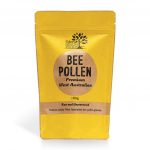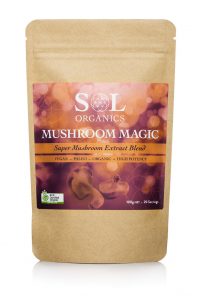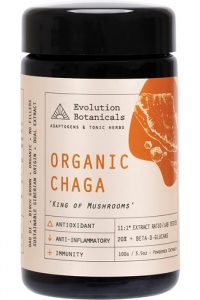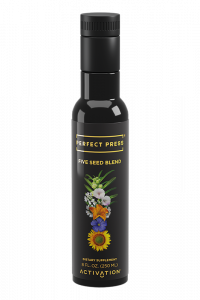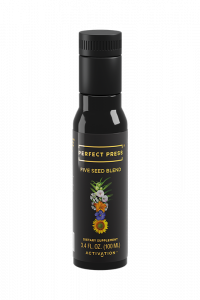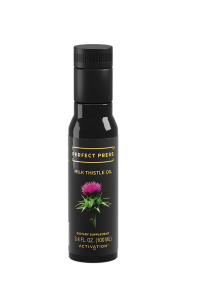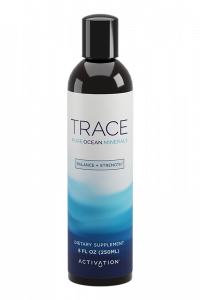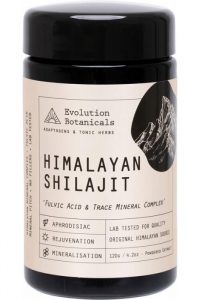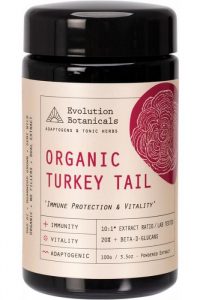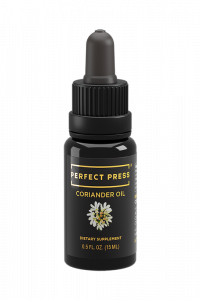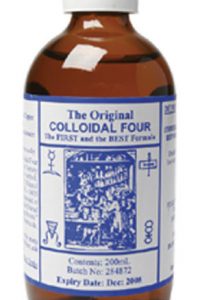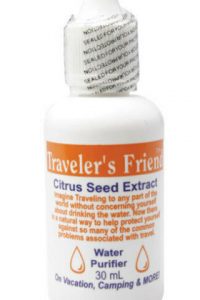Gubinge Powder
$22.90
Wild crafted Gubinge (Kakadu Plum) Powder from the Kimberley in Western Australia is a potent, natural wholefood source of Vitamin C. Harvested by the Nyul Nyul people, who receive profits from the production and harvest of this product.
- Description
Description
Gubinge is the Nyul Nyul language name for the Kimberley version of the Kakadu Plum. This fruit is wild harvested from the Dampier Peninsula just north of Broome and is a potent, natural wholefood source of Vitamin C. In line with the Nyul Nyul tradition of eating both seed and fruit, Loving Earth dehydrates the entire Gubinge fruit for 38 hours at 43°C. It is then milled into a powder making it a true whole food.
Bruno Dann, an elder from the Winawaal region is bringing back the ancestral ways of land care to the local community, helping restore the natural balance of the bush in this area. All profits from the production of the product go back to the Nyul Nyul community.
Growing and Processing
To make it we simply take the whole frozen fruit, dehydrate it at 40ºC for 16 hours locking in as many nutrients as possible, and then mill it into a powder, so in essence, all we have done is take away the water.
Gubinge grows in The Kimberley region, just north of Broome in natural wild orchards. Each year the fire comes through and destroys everything, so Bruno, the traditional land owner, and his people began back-burning, clearing the dead wood so that the fire’s stopped coming through. They soon noticed that through these traditional ways of taking care of the land, the Gubinge trees started producing more fruit. Each year Bruno coordinates the harvest. The picking season goes from December through March. Depending on the weather, it can be as long as three months or as short as six weeks, and there are designated spots where people can harvest from.
They’re not irrigating it or cultivating it using typical commercial horticultural techniques, which a number of operations up in the Northern Territory are doing. Essentially, the precious vital phytonutrients (the antioxidants within plants) are there to make the plant itself stronger. They do the same for the plant as they do for us, so if you pamper the plant too much, it doesn’t need them anymore! If that plant is in its natural environment and there’s a certain level of environmental stress present, that makes the plant stronger, so you get these higher levels of antioxidants.
It took us at Loving Earth a couple of years to really get the project going since we needed to develop the infrastructure and figure out how we were going to process the fruit. Scott stayed in touch with Bruno, and when we finally got our commercial dehydrator and found a special grinding machine from India, we were in business. That was a couple of years after the initial contact, during which time we’d been working on the post-harvest infrastructure to collect, clean and pack the fruit into frozen storage. With everything in place to really get stuck into the project, Scott returned for harvest season two years after first contact and the difference was amazing. The traditional harvesting techniques were paying massive dividends, and the quality was incredible. We got the frozen fruit down here to Melbourne and figured out how to process it into a powder.
How to use
Add 1 teaspoon to a glass of water or your favourite juice.

